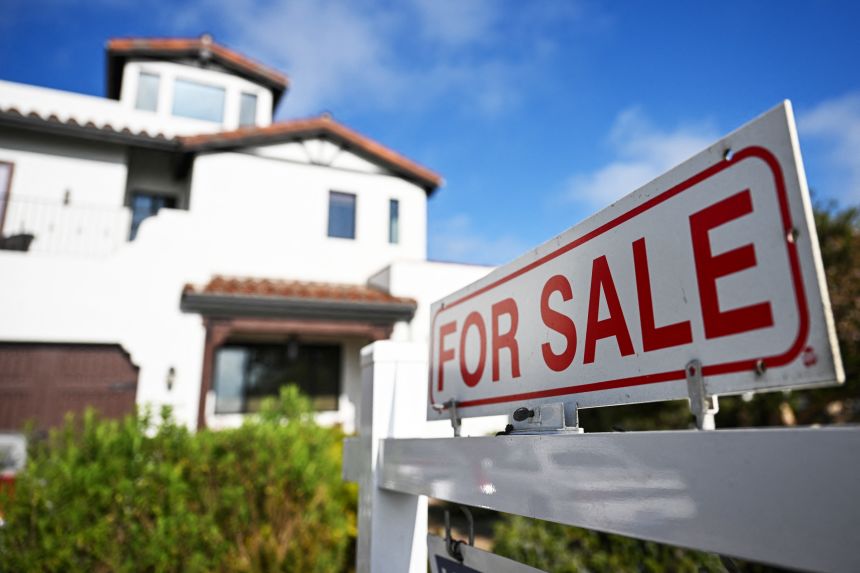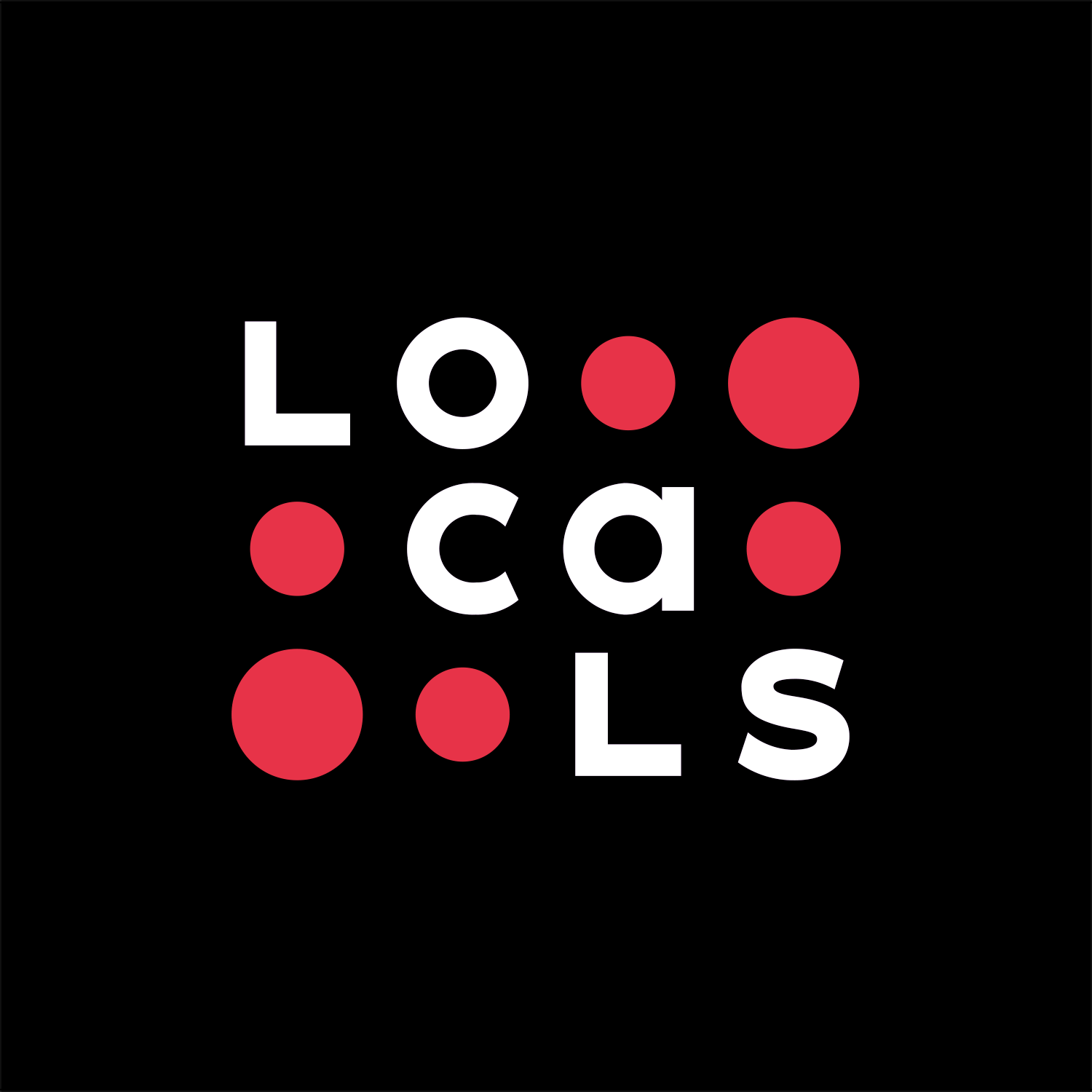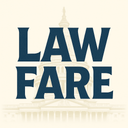In a nod to history that feels both nostalgic and ominous, President Donald Trump has floated the idea of 50-year mortgages as a bold fix for the skyrocketing cost of homeownership. Shared via a simple social media graphic juxtaposing his image next to Franklin D. Roosevelt’s—with “50-year mortgage” scrawled above Trump and “30-year mortgage” over FDR—the proposal harks back to the New Deal era.
Back in the 1930s, amid the Great Depression’s wreckage, FDR’s administration revolutionized housing through the Federal Housing Administration (FHA), standardizing 30-year fixed-rate loans that made homeownership accessible to millions of working-class Americans for the first time.
Trump’s tease, confirmed by Federal Housing Finance Agency (FHFA) Director Bill Pulte as a “complete game changer,” positions it as a modern sequel: extending loan terms from 30 to 50 years to slash monthly payments and revive the “American Dream” for young buyers priced out by today’s brutal market.
At its core, the math is straightforward and seductive. With median home prices hovering around $420,000 and 30-year mortgage rates at about 6.2%, a typical buyer faces payments exceeding $2,500 monthly—often more than rent, yet without building equity as aggressively.
Stretching that to 50 years could drop payments by $80 to $200 a month, depending on the rate, making a “decent” starter home feel within reach for millennials and Gen Zers saddled with student debt and stagnant wages. Pulte, in a flurry of X posts, emphasized this as part of a “wide arsenal” targeting affordability for the young, including tweaks to shorter-term loans like 5- or 15-year options. Trump himself framed it as a direct assault on the housing “log jam,” where pandemic-fueled price surges—up over 50% in five years—have cratered sales and locked out first-timers.
It’s easy to see the appeal in this FDR shadow-play. Roosevelt’s reforms didn’t just lend money; they rebuilt a shattered economy by democratizing the front door key, pulling families into the middle class. Trump, ever the showman, taps that legacy to sell continuity: If 30 years tamed the Depression, why not 50 to conquer inflation and greed? For cash-strapped buyers, lower payments mean breathing room—perhaps enough to start a family or side hustle without defaulting. In a nation where homeownership rates for under-35s have plummeted to 37%, this could spark a mini-boom, juicing construction and consumer spending.
But here’s the rub: This isn’t a cure; it’s a Band-Aid on a gaping wound. Extending debt to half a century doesn’t fix why homes cost a kidney in the first place—it just amortizes the pain across your prime earning years, trapping borrowers in interest payments that could balloon total costs by tens of thousands. Experts warn that 50-year loans would command higher rates—maybe 6.9% or more—to offset lender risk, eroding those monthly “savings” to peanuts. Worse, you’d build equity at a snail’s pace: After a decade, you might own just 10% of your home versus 20% on a 30-year plan, leaving you underwater if prices dip or life intervenes.
And forget easy implementation—post-2008 Dodd-Frank rules cap most mortgages at 30 years to curb predatory lending; any rollout would need congressional tweaks, plus navigation around Fannie Mae and Freddie Mac’s murky privatization path.
The backlash has been swift, even from MAGA corners. Rep. Marjorie Taylor Greene blasted it on X: “I don’t like 50-year mortgages as the solution to the housing affordability crisis,” arguing it delays wealth-building without addressing root causes like overregulation and labor shortages. Researchers echo this, noting it could inflate home prices further by qualifying more buyers without adding supply—essentially bidding up the same scarce inventory.
Zoom out, and the dystopian vibe emerges: We’re engineering a future where average Joes finance homes into retirement, then beyond, via refinances or extensions. Before long, debt servitude becomes the norm, paving the way for a renter’s republic. Global ideologues—think World Economic Forum types—might cheer this as “equitable access,” but it’s a velvet glove over an iron fist: Only the ultra-wealthy and corporate landlords (BlackRock, anyone?) own assets outright, leasing them back to the masses at premium rates. Homeownership? A quaint relic, like landlines.
This leads to the real villain: America’s monetary Frankenstein, the Federal Reserve. Since ditching the gold standard in 1971, the Fed’s fiat money machine—coupled with fractional reserve banking—has let commercial banks conjure 80% to 90% of new money as loans, fueling endless inflation. (For context: M2 money supply exploded 40% during COVID alone, per Fed data.) Your dollar buys less house every year—purchasing power down 20% since 2020—while wage growth chugs at 3-4% annually, barely outpacing the 2-3% official inflation rate (which critics call cooked books). No tweak to loan terms competes with this erosion; it’s why homes










Share:
The Great Fat Reversal: HHS Quietly Embraces Saturated Fat for Longevity
The Jasleen Singh Scandal: How Akaash Singh’s “Virgin Wife” Narrative Collapsed in a Viral Firestorm